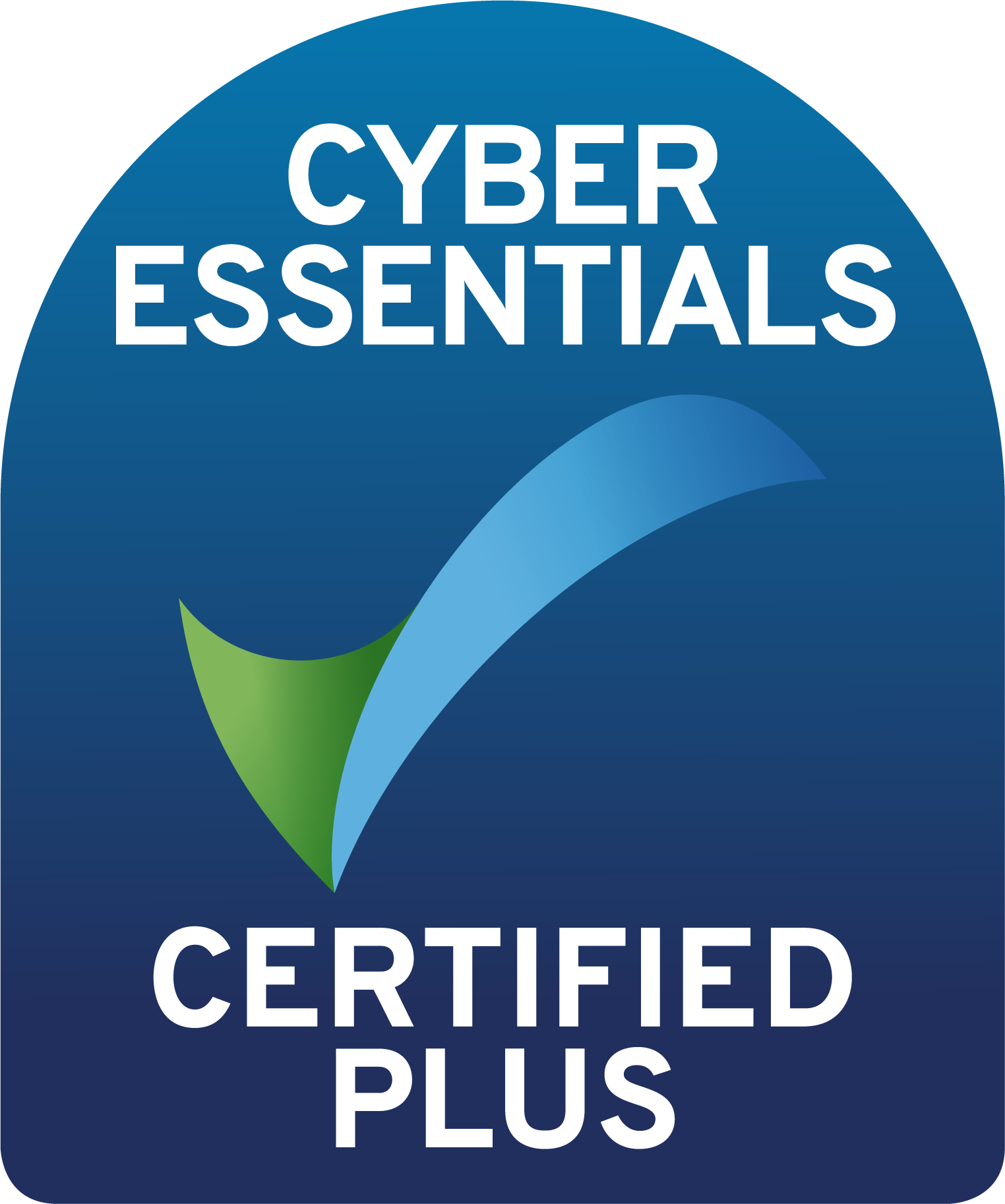NFC (Near Field Communication) and RFID (Radio Frequency Identification) are both wireless communication technologies that allow devices to exchange information. Though they share similar principles and often overlap in functionality, they differ in their underlying technology, typical applications, and operational characteristics. Here’s a closer look at the distinctions between NFC and RFID:
1. Range and Communication Distance
- RFID: RFID technology uses electromagnetic fields to identify and track tags attached to objects. RFID can operate over various distances depending on the frequency used—typically divided into low frequency (LF), high frequency (HF), and ultra-high frequency (UHF). UHF RFID systems can reach distances of up to 100 meters, making RFID suitable for applications requiring longer-range identification.
- NFC: NFC operates at a very close range, usually within 4 cm (about 1.5 inches). This close-proximity communication makes NFC a secure choice for applications where intentional physical contact or proximity is preferred, such as contactless payments, access control, or peer-to-peer data exchange.
2. Data Transfer Directionality
- RFID: RFID is typically a one-way communication system. In passive RFID systems, an RFID reader emits a signal that powers a passive RFID tag, which then responds with its stored data. Active RFID tags, which have their own power sources, can also transmit data but are usually limited to fixed data. RFID’s unidirectional communication limits its use in applications where two-way interaction is essential.
- NFC: NFC, by contrast, allows for both one-way (read-only) and two-way communication. In two-way communication, NFC devices can both send and receive data, making it more flexible for applications where both sides need to exchange information, such as pairing Bluetooth devices, sharing files, and enabling payment terminals.
3. Power Source and Tag Types
- RFID: RFID tags come in two main types—passive and active. Passive RFID tags do not have their own power source and are powered by the reader’s electromagnetic field. This limits their range but keeps them inexpensive and lightweight, often used in inventory tracking. Active RFID tags have built-in batteries, allowing them to operate over longer distances, making them suitable for vehicle tracking, asset management, and real-time location systems.
- NFC: NFC tags are always passive, powered by the magnetic field of the reader. This power arrangement and the proximity requirement make NFC ideal for low-power, secure, and low-cost applications. The lack of an active power source also contributes to the compact, mobile-friendly design of NFC chips and cards.
4. Frequency and Speed of Communication
- RFID: RFID technology operates across a range of frequencies. LF RFID systems (around 125-134 kHz) are commonly used in animal tagging; HF RFID systems (13.56 MHz) are popular for access control and inventory management; UHF RFID (860-960 MHz) is used in supply chain management, where longer-range scanning and faster data transfer speeds are required. However, UHF RFID is sensitive to interference from metals and liquids.
- NFC: NFC operates at a standardized frequency of 13.56 MHz (a subset of HF RFID), limiting its speed and range but ensuring compatibility across all NFC-enabled devices. This frequency enables reliable communication at close proximity, an essential feature for secure, quick transactions.
5. Security and Privacy
- RFID: Security levels in RFID vary based on the type of application and frequency. Low-frequency RFID is generally limited in terms of data security. Higher-frequency systems, such as UHF, can implement encryption and authentication, but they are still vulnerable to certain security risks like eavesdropping and data interception, especially in long-range applications.
- NFC: NFC’s short range inherently provides a layer of security, making it less susceptible to interception from a distance. NFC also incorporates encryption protocols such as the Secure Element (SE) and Host Card Emulation (HCE) for payment applications, providing enhanced data protection. This makes NFC a preferred technology for applications requiring high-security levels, such as mobile payments and access control.
6. Use Cases and Applications
- RFID Applications: RFID is widely used in logistics, inventory management, and supply chain operations where tracking and identification at a distance are beneficial. RFID’s ability to identify multiple tags at once makes it ideal for settings like warehouses and retail environments. Additionally, RFID is used in asset tracking, vehicle identification, and even animal tracking.
- NFC Applications: NFC is commonly found in consumer-facing applications, including mobile payments (such as Apple Pay, Google Wallet), contactless credit cards, electronic ticketing, and access control systems. NFC’s peer-to-peer mode enables two NFC-enabled devices to exchange information, making it popular in modern smartphones and wearable devices.
Conclusion
While NFC is a subset of RFID technology, the two have distinct characteristics and are used in different scenarios. RFID excels in long-range, one-way identification and tracking, often used in logistics and asset management. NFC, on the other hand, is ideal for secure, close-range, two-way communication, widely utilized in mobile payments, access control, and personal device pairing. Understanding these differences helps businesses and consumers select the best technology for their needs, optimizing functionality, security, and user experience.



